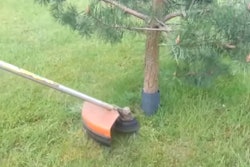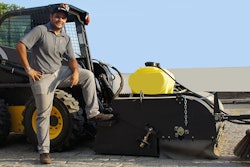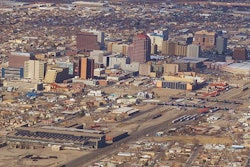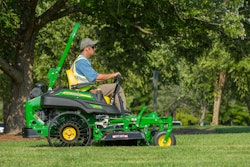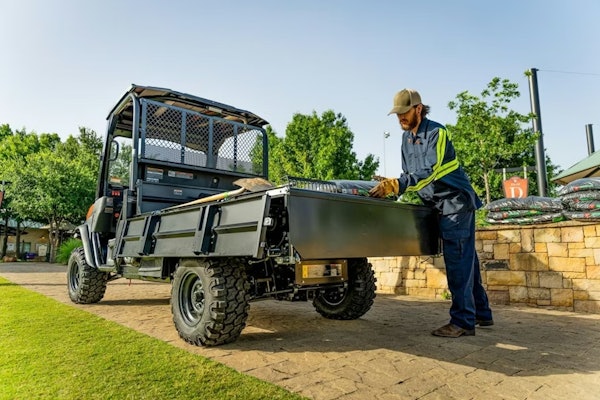 Mulch offers plenty of advantages, including aesthetic benefits such as those seen here, but take care to keep it from touching the base of trees and shrubs.
Mulch offers plenty of advantages, including aesthetic benefits such as those seen here, but take care to keep it from touching the base of trees and shrubs.Photo: Total Lawncare & Landscape Services.
You already know that using mulch in your landscape projects provides many benefits. But did you know that where you place the mulch – and where you don’t – can make the difference between helping and hurting trees and shrubs?
When it’s spread beneath a tree or shrub, mulch keeps the lawn from encroaching. And no lawn means no mowers – a good thing for the trunks and stems of the plants.
Also, by slowing evaporation, mulch can help conserve water. That, too, makes a positive contribution to tree and shrub health. Plus, mulches – from bark to cocoa bean hulls and crushed shells – provide endless aesthetic opportunities.
But there are a few downsides to mulch, which is broadly defined as anything used to blanket the ground (even black plastic). One is that organic materials create the perfect environment for mice, which eat the bark of living trees and shrubs, eventually destroying them.
To avoid the mouse problem, keep mulch away from the bases of trees and shrubs by leaving a ring of bare soil or using a cylinder of hardware cloth to keep the mulch away from the trunk and base of the plants.
Another major problem when mulch is used is rot. Again, keeping the mulch separated, if only slightly, from the base of the tree or shrub should prevent this problem as well.
